
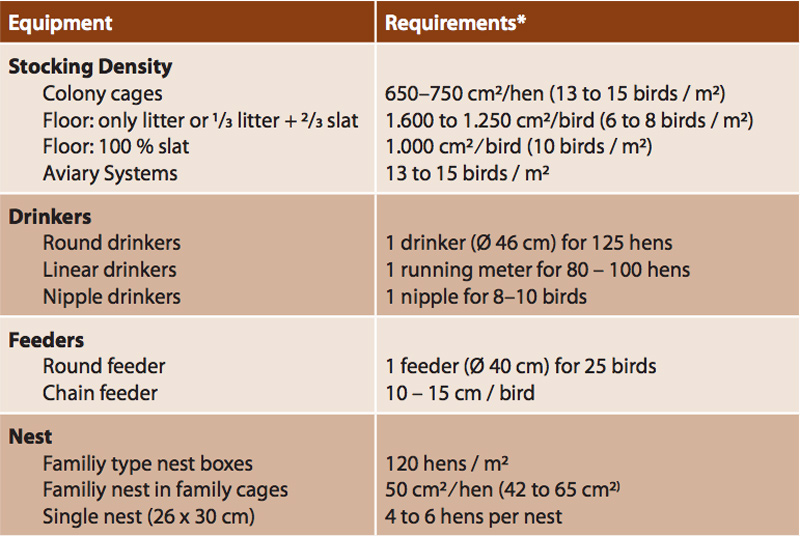

Transport should be planned well in advanced and all staff involved should be informed. The crew must had been without contact to any other birds at least 2 days prior to the job (best to transport breeder after a weekend). Withhold feed for a few hours before loading but continue to provide fresh water. Transport equipment should be in good condition and thoroughly cleaned and disinfected. The staff in charge of handling and moving the birds should follow the biosecurity regulations, wear clean clothing and footwear that have not been exposed to poultry. Choose the best time of the day for transportation (especially in hot climates)
Load quickly but with care and maintain an adequate stocking density in the transport trolleys. Continue ventilating the house during the procedure. The staff should be well trained and should handle the birds according to animal welfare regulations, catching and holding the birds by both shanks. Ensure enough ventilation for the birds between loading and unloading.
Important:
Transport time should be as short as possible, avoiding unnecessary stops. Avoid moving the birds during the part of the day with more extreme temperatures, or when climate conditions could have a negative effect on the birds.
Hens will lose some weight during the transport depending on the duration and the temperature. This loss will be quickly recovered if the housing conditions are correct.
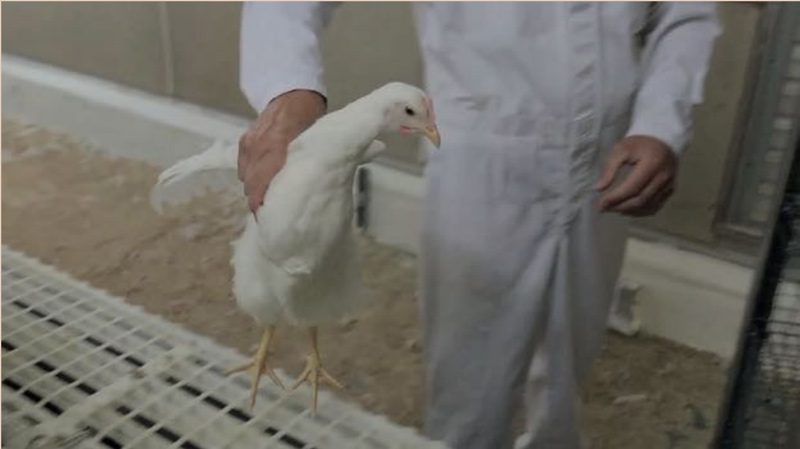


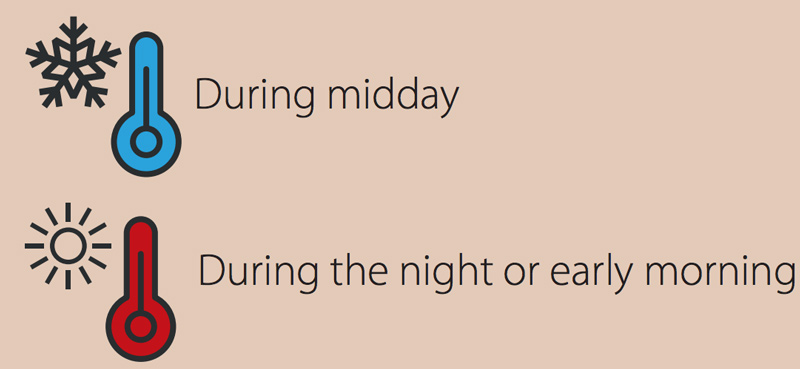
Applying an “all-in all-out” system is recommended to break disease cycles and improve the health status. The laying house should have been thoroughly cleaned and disinfected in advance. The transfer should be done as smoothly and quickly as possible to allow the birds to be well prepared for the start of laying. The temperature in the laying house should be between 18 and 24 °C. Cool water and feed must be available when the pullets arrive at the house.
In cage-free houses advise to use open water cups or 360 nipple drinkers. The drinkers should be at the right height and work adequately. Encourage the birds to drink – low water pressure in the drinker lines on the first days. During the first days check frequently that the birds are drinking. Adapting to a new drinker system could be difficult (especially if pullets have been reared with a different type of drinker). If water consumption does not increase in the days after housing, or it fails to reach normal levels, corrective measures should be taken at once.
Try to follow the same feeding program as used at the end of rearing. Feeders should be filled when the pullets arrive so it is easy for them to locate the feed. Also encourage the birds to eat by running the feeding lines more frequently. If pullets are reluctant to eat after a couple of days, monitor feed and water consumption. Important is don’t run feeders during the daily peak of production, to prevent hens moving out of the nests. Pay attention to the male’s adaption to the new feeders and drinkers. Fully combed males may have problems to eat if the feeders are not adapted for them (grill).
In family cage houses a 24-hour light can be set during the first day, so the birds can become familiar with the new environment. After that, set the rearing house light program if possible. In floor systems, use the same lighting program that was set in rearing. (Cage-Free) and make the dimming period at the end of the day manual for the first days, to train the breeders to find their way into the system. In this type of system is important, for the first 7 to 10 days after transfer, putting the birds to bed to prevent piling. Light intensity can be a little higher during the first week (20 lux) to encourage hens to explore the house. Avoid “light-shock (big step in light intensity between rearing and production) preventing stress and overstimulation. Ensure a good light distribution to prevent dark spots that can impact on bird’s behavior and to prevent as well, floor/system eggs at the start of production.
Weight lost during transport should be recovered in the first days in the house. The birds should continue gaining body weight and maintain a good flock weight uniformity to achieve a good start to production. Keep weighing males and females weekly. Sometimes the females are gaining weight according to standard, but males have problems. This could happen when they weren’t dub treated and have issues with the feeder’s grill.
Observe the behavior of the birds carefully and take actions if needed.
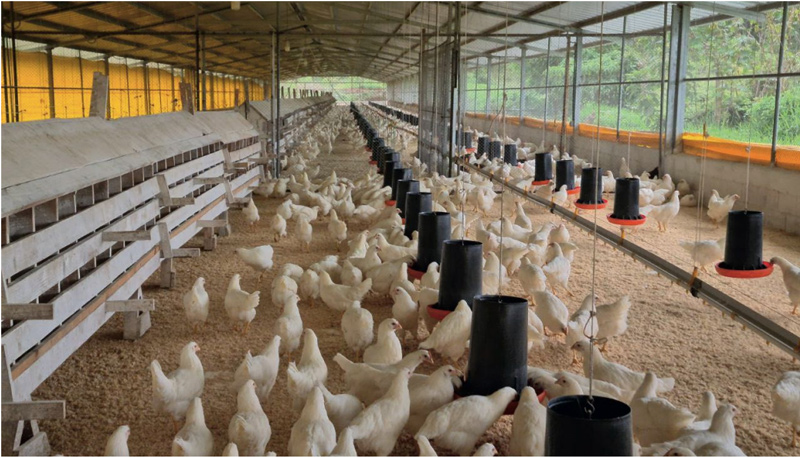
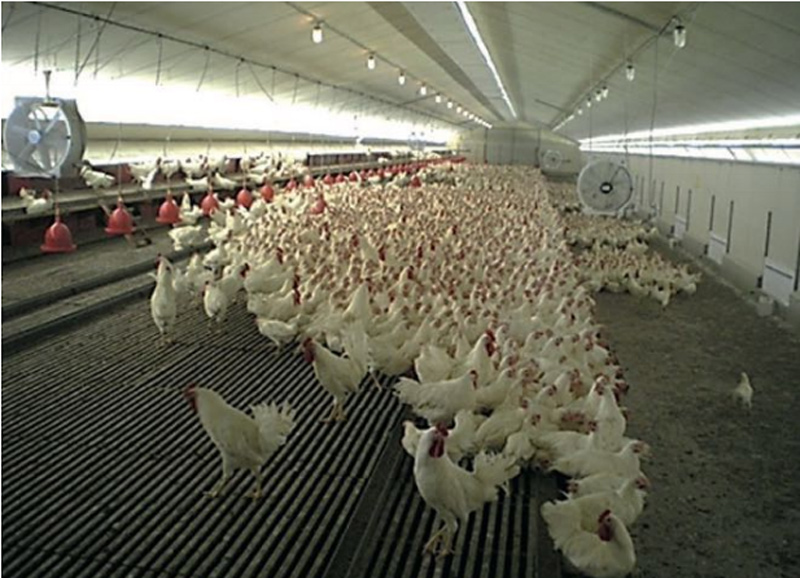


Regardless of the litter material used, it should be hygienic! A litter level depth of 1–2 cm is sufficient. Litter material should preferably be distributed after the house is pre-heated, and when the breeders have been housed. This prevents the formation of condensed water between the floor and litter. Keep the level of litter low and dry during whole production period!
KEY POINTS
¡Bienvenidos! Su admisión está validada, por favor espere 2 segundos mientras la puerta de nuestra sala VIP se abre. ¡Por favor entre!
¿No tienes una cuenta?Regístrate ahora
